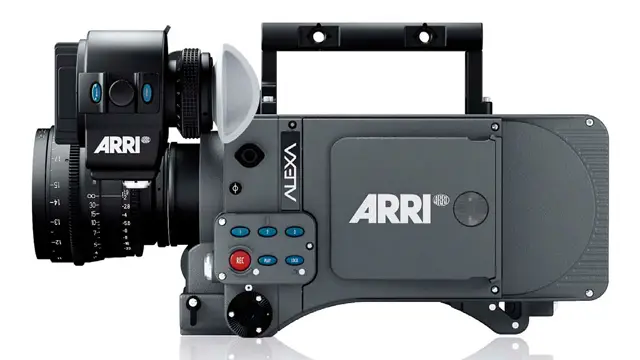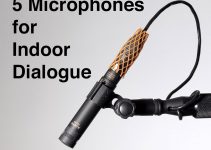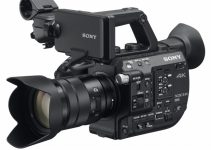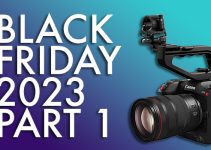One camera manufacturer absolutely dominates professional film productions: ARRI. They have been doing it since the film days and with their ALEXA series have continued to show their skills as digital became the norm. Today we have a few newer flavors of their original ALEXA, but does the ARRI ALEXA Classic still hold up in 2022?
Well, Renaissance Digital happened to pick one up about six months ago and now has time and experience with the camera in today’s world. Considering an indie production could feasibly pick one up for themselves it is interesting to hear about whether it is still a feasible pick.
Why buy an ARRI ALEXA Classic in 2022? Well, if you are going by the brand you can reliably predict that any ARRI camera is going to outperform its competitors when it comes to the critical aspects of color rendering and dynamic range. Things like highlight roll-off and how the camera is tuned for film production make a world of difference.
Getting into the core technical specs you have the ELV III sensor, which, interestingly is still the same sensor being used in the modern ARRI options, like the Mini and LF. Even the larger format options use a variation which is simply just a couple of these chips put together. That sensor is obviously still amazing and a Classic will give you solid performance.
An interesting thought is that the image has been incredibly consistent throughout the ALEXA range. If you own a Classic and then rent another ARRI for a shoot you can easily cut them together. This also means that similar modes, like the 2.8K raw recording option, is going to be practically the same. And the Classic is way cheaper than the current picks.
Where you might be hesitating is with resolution. The ALEXA Classic does max out at 2.8K. Considering your everyday mirrorless can do 4K at least and even 8K for the flagship models this seems very limited. Realistically, the quality of the image is more important than pure resolution.

Image Credit: ARRI
The ALEXA Classic was used for many professional productions and nobody complained then. Most people can make better use of quality 2.8K than a current 8K image. A little bit of upscaling and sharpening later and most people couldn’t tell the difference between it and regular 4K.
The camera is solid in specs still with Full HD at up to 120 fps in ProRes or 2K at up to 60 fps. Externally it’ll produce 2.8K raw at up to 60 fps. Internally this is ProRes 4444, which is quite flexible as far as codecs go. A little bulky, but the files are beautiful. This is where it helps that is is a lower resolution.
Another area to consider is power as it will chew through batteries. For a full day you’ll need a few batteries around.
As for post, the ALEXA Classic just looks really great right away. If you aren’t working with someone you know or someone consistent if you can deliver them raw footage that is already quite good then the minimal work they need to do will ensure that it looks good at the end of the day.
It is a big camera though. so for a solo operator it might be a little difficult to use. Having a dedicated camera operator will be a benefit.
What are your thoughts? Would you consider an ARRI ALEXA Classic today or would you stick with more contemporary options?
[source: Renaissance Digital]
Disclaimer: As an Amazon Associate partner and participant in B&H and Adorama Affiliate programmes, we earn a small comission from each purchase made through the affiliate links listed above at no additional cost to you.
Claim your copy of DAVINCI RESOLVE - SIMPLIFIED COURSE with 50% off! Get Instant Access!





